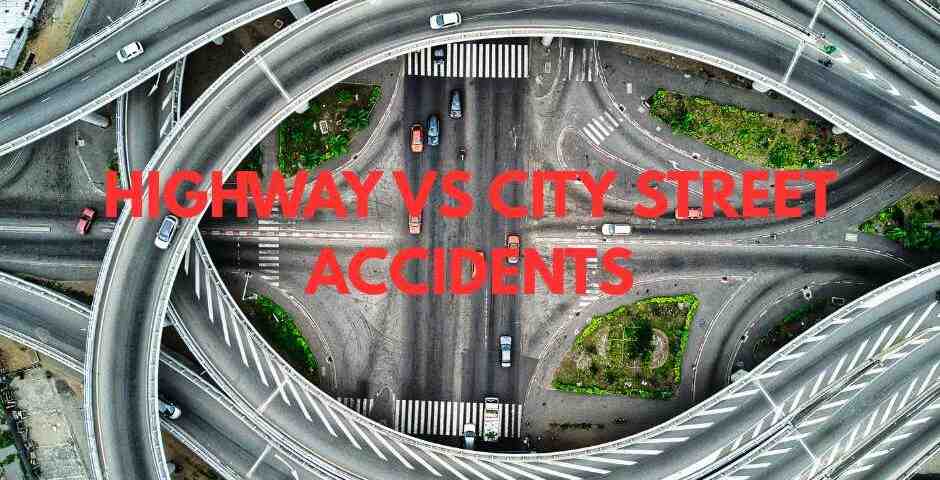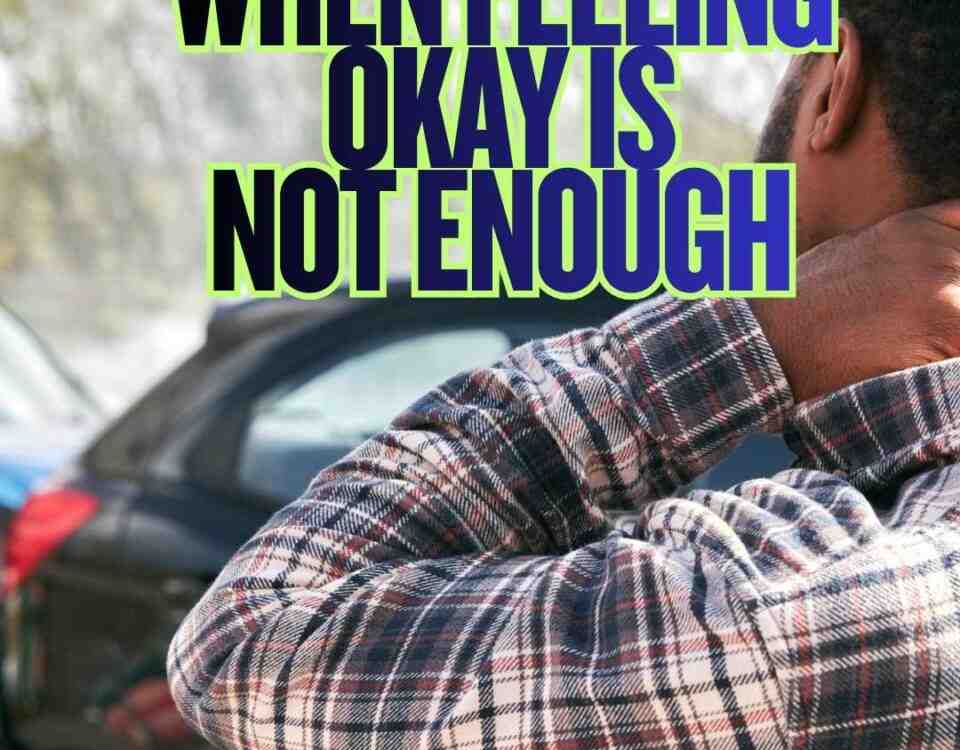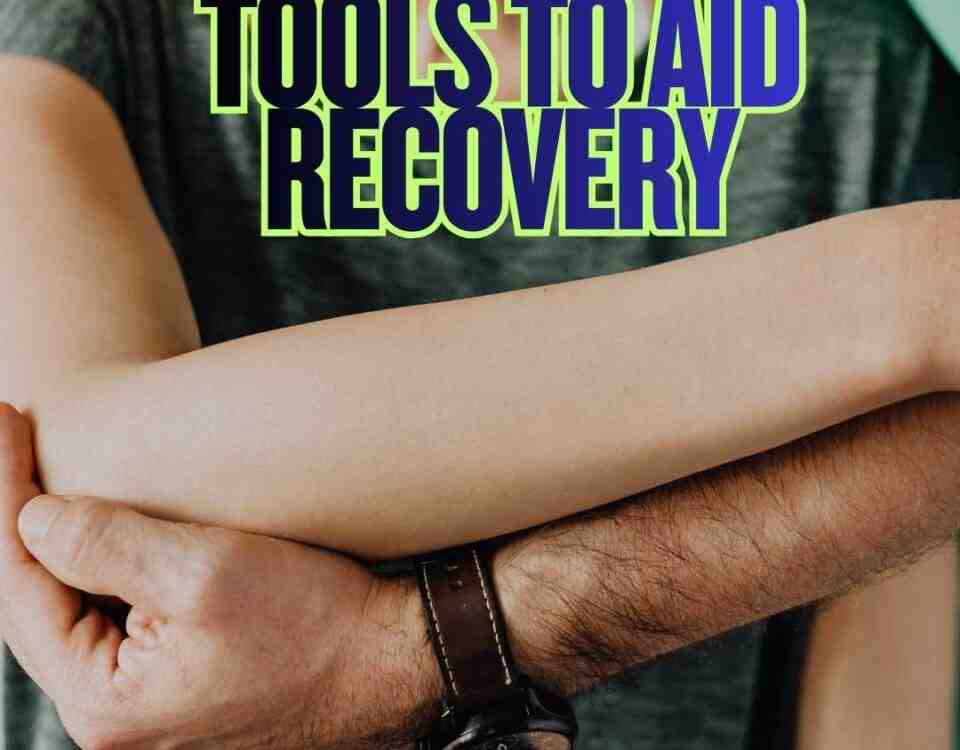Watch Out! Highway vs City Street Accidents!

Bursitis Following a Car Accident
July 28, 2025
The Pistachio
July 28, 2025- Accident doctor
- accupuncture
- airplane headache
- alzheimer's
- best habits
- Brain Injuries
- car accident
- car accidents
- cervical strain
- colds
- concussion
- Concussions
- disc bulge
- dosage meds
- dry needling
- dull pain
- E bike injuries
- florida
- good posture
- headaches
- Headrest positions
- Headrest positions after an accident
- Healthy choices
- Healthy flying
- healthy gift guide
- Healthy SPring Ideas
- hip pain
- hyperextension
- injury doctor
- insurance
- Kayaking
- kentucky
- kids motion sickness
- lifestyle
- motion sickness
- neck injury
- no fault insurance doctor
- noise healing
- osteoporosis
- pain symptoms
- pink noise
- posterior chain
- posture
- prevent osteoporosis
- Rest
- Scoliosis
- shoulder pain
- Stress with kids after a motor vehicle accident
- TBI
- tips
- tmj
- torn muscle
- Traumatic Brain Injury
- trigger points
- VitaminD
- What are Post Traumatic headaches?
Highway vs. City Street Accidents
Car accidents happen everywhere, but the type of injuries can vary greatly depending on the location. Crashes on highways are usually much more dangerous than those on city streets, and the reason often comes down to speed. Dr. Deryk Harting, a team member of one of the highest rated car accident medical programs, Chambers Medical Group of Florida, explains highway versus city street car accidents.
Highways and interstates are built for fast travel, with speed limits often between 55 to 75 miles per hour. In contrast, most city roads have limits of 25 to 45 mph. That difference may not seem big, but it has major consequences. When a crash happens at higher speeds, the impact force (specifically the kinetic energy) increases exponentially. This means that a crash at 50 mph has four times more energy than one at 25 mph—even though it is only twice as fast. A minor fender bender in a city might leave someone with a sore neck. But a similar crash on the highway, at twice the speed, could result in broken bones or even fatal injuries.
Highway accidents usually have more severe outcomes. High speeds increase the chance of rollovers, multiple car involvement, and violent collisions. These crashes are more likely to cause traumatic brain injuries, internal bleeding, organ damage, burns, and spinal cord injuries. In some cases, people are even ejected from the vehicle if they are not wearing a seatbelt. These are the kinds of accidents that can be life changing and often result in emergency surgeries or fatalities.
On the other hand, accidents on local streets tend to happen at lower speeds and cause less severe injuries. That does not mean they are harmless. People still suffer from strains, sprains, concussions, and abrasions. But in many cases, these injuries are not life-threatening. City crashes often happen at intersections or during quick stops and turns. Rear end and side impact (T-bone) accidents are also common. Additionally, because cities have more foot and bicycle traffic, pedestrians and cyclists are more likely to be involved.
Road design plays a big role, too. Highways are built for smooth, fast movement with few stops and no pedestrians. This reduces distractions but increases the danger when something goes wrong. City streets are busier and more complex. Drivers deal with crosswalks, stoplights, parked cars, bicyclists, and pedestrians sharing the road. Crashes are more likely, but usually not as deadly because traffic moves slower.
While the Florida Highway Safety and Motor Vehicles (FLHSMV) agency does not separate injuries by road type, studies and accident data can suggest some generalized trends: city accidents (more frequent) tend to cause more injuries but fewer fatalities, while rural and highway crashes (less frequent) are more deadly. Additionally, about 50% of city accidents occur at intersections, compared to 30% in rural areas. However, the higher speeds of rural roadways make those intersection crashes more lethal.
Another important consideration is how quickly help can arrive. In cities, paramedics are usually nearby. That quick response can make a big difference in treating injuries. On highways, particularly in rural areas, it may take longer for first responders to reach the scene. That delay can lead to worse outcomes if there are severe or life-threatening injuries involved.
There are some important factors and strategies to consider when driving on highways versus city streets to avoid being in an accident. To stay safe on highways:
- Buckle up
- Do not speed
- Leave space between cars
- Stay focused
- Do not linger in other driver’s blind spots
- Take breaks to avoid fatigue
- Be cautious changing lanes or merging
On city streets:
- Slow down
- Watch for people walking or biking
- Be ready to stop suddenly
- Avoid distractions like phones
- Do not accelerate at yellow lights
- Yield and slow down at crosswalks
Highway crashes tend to be more deadly due to speed and force, while city crashes happen more often but usually cause less serious injuries. No matter where you are driving, being aware of your surroundings and following basic safety rules can go a long way in preventing accidents or injuries.
— This article is written by Deryk Harting, DC, one of the members of Chambers Medical Group’s team of car accident chiropractors who offer a variety of treatments and therapies ranging from diagnostic testing to various soft tissue therapies for car accidents and injuries in Florida.




